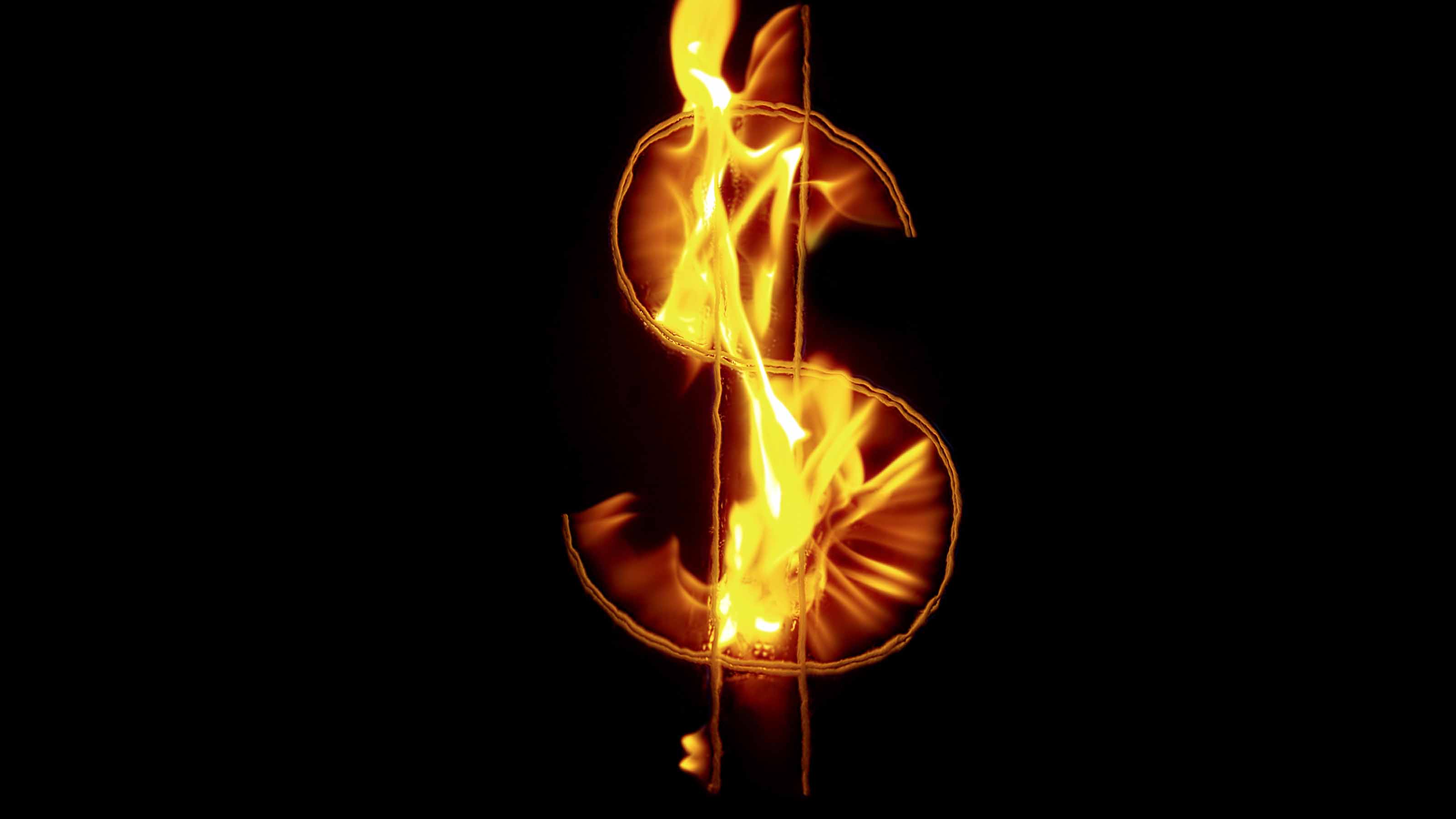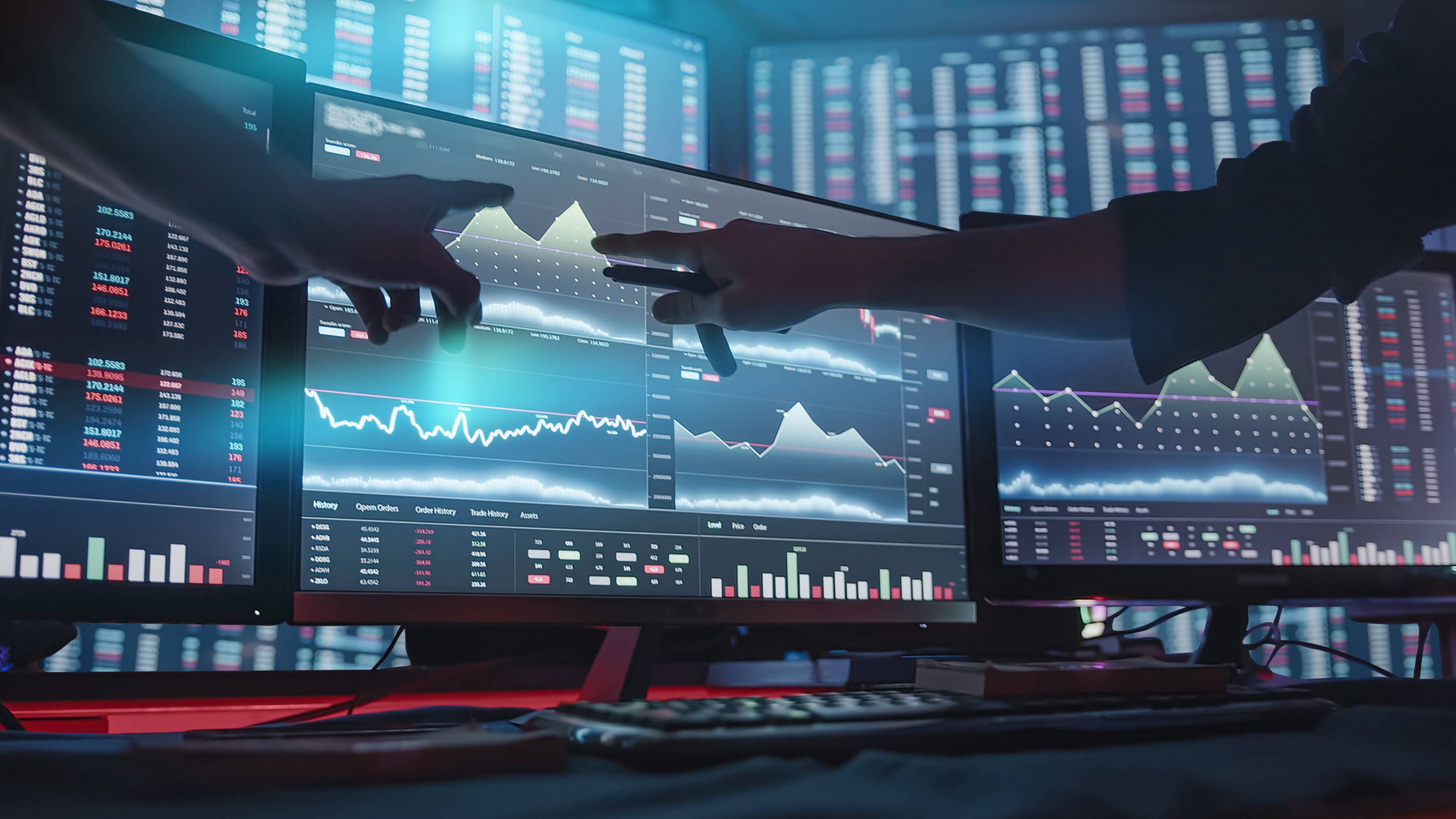February CPI Report: What the Experts Are Saying About Inflation
Hot underlying data in the CPI report most likely means more rate hikes from the Federal Reserve.


A mixed February CPI report was probably the last thing investors needed right now, but here we are.
The Consumer Price Index for February revealed that while headline inflation continued to ease, core inflation, which excludes volatile food and energy prices, jumped by the most in five months.
That's a problem, because while "sticky" inflation has been a sticking point for the Fed, the sudden emergence of a banking crisis has limited the central bank's scope for hawkish monetary policy.
From just $107.88 $24.99 for Kiplinger Personal Finance
Become a smarter, better informed investor. Subscribe from just $107.88 $24.99, plus get up to 4 Special Issues

Sign up for Kiplinger’s Free Newsletters
Profit and prosper with the best of expert advice on investing, taxes, retirement, personal finance and more - straight to your e-mail.
Profit and prosper with the best of expert advice - straight to your e-mail.
Experts say that although the CPI report complicates the Fed's mission to bring inflation under control, the central bank will almost certainly continue to raise interest rates, most likely by another 25 basis points (0.25%), at the next Fed meeting later this month.
For the record: the CPI report's headline inflation rate rose 0.4% vs January, the Bureau of Labor Statistics said Tuesday, and increased 6% year-over-year. Both rates of change matched economists' expectations.
However, core inflation rose 0.5% in February vs January. That exceeded expectations for a 0.4% rise in monthly core prices and represented the fastest pace of inflation since late 2022.
Although inflation appears to have peaked last year, prices aren't falling nearly fast enough for the Fed's liking. In his semiannual report to Congress in early March, Fed Chair Jerome Powell suggested that the Fed was open to ramping up its pace of interest rate hikes, reversing its policy of gradual easing.
But the sudden crisis in the banking sector, set off by the failures of Silicon Valley Bank and Signature Bank, quickly put an end to such ambitions. The market now puts the odds of a 25 basis point increase at roughly 80%, and assigns a 20% probability to the Fed leaving rates unchanged. A rate hike of 50 basis points is completely off the table, at least as far as markets and the experts are concerned.
With the February CPI report now in the books, we turned to economists, strategists, investment officers and other pros for their thoughts on what the inflation data means for markets, macroeconomics and monetary policy going forward. Please see a selection of their commentary, sometimes edited for brevity or clarity, below.
CPI Report: The Experts Weigh In

"Slowly but surely, inflation continued its ‘snail’ pace disinflation process. Although the Federal Reserve (Fed) may still be concerned with the oversized effects of shelter cost in the overall as well as the core CPI indices, the fact that core services prices less shelter costs slowed down to 0.1% in February after printing 0.6% in January, is good news for the Fed. However, if the recent uncertainty created by the banking failures continues to subside as the Fed meets on March 21 and 22, we still believe that there is a chance that the Fed will go on with a 25 basis point increase in the federal funds rate. However, we acknowledge that it will be a very close call." – Eugenio Alemán, chief economist at Raymond James
"Markets are relieved to see no big shocks in the CPI, which takes a little pressure off Jerome Powell. If the Fed wants to pause because of the bank failures, they can now do so without losing credibility. However it isn't clear they will stop hiking because inflation remains well above their target and the jobs market is still strong." – David Russell, vice president of Market Intelligence at TradeStation
"Consumer price inflation did not show many signs of cooling in the February CPI. There were only a few positive developments in the data. Prices at the grocery store rose just 0.3%, the smallest increase since March 2021. Used auto prices continued to come back down to Earth and fell another 2.8% in the month. But beyond these pockets of improvement, core CPI inflation remained entrenched at uncomfortably high levels. In isolation, the labor market and inflation data clearly argue for another 25 basis point rate hike at the March 22 FOMC meeting. However, the significant developments in financial markets and the banking system cloud the outlook. Policymakers have taken meaningful steps to address the financial system challenges, such as the Fed's new bank lending facility and making all depositors whole. If the medicine proves effective, we suspect the Fed will continue to gradually tighten monetary policy in the months ahead. But, with more than a week to go until the next FOMC meeting, a 25 basis points rate hike is still a distinct possibility if financial stresses ease." – Sarah House, senior economist at Wells Fargo Economics
"Not good enough to stop the Fed hiking next week, provided markets are calm. If wage increases continue to slow – the trend is pretty clear – core services inflation will follow. The Fed doesn't need to keep hiking. But they will, so the risk of more accidents will rise." – Ian Shepherdson, chief economist at Pantheon Macroeconomics
"The laggard decline in headline and core CPI affirms recent indications that inflation remains persistent, buttressed by strong, albeit moderating, employment and wage growth. However, with heightened market volatility emanating from the traditional banking sector, the Federal Reserve will most likely prioritize financial stability as the more immediate concern relative to inflation, balancing these issues by enacting a quarter-point hike while extending the timeline of its overall tightening cycle. This shock does raise the risk of a recession; however, such an event would be more likely to materialize if the Federal Reserve were forced to assume an elongated pause in the current tightening cycle against inflation, rather than from an independent crisis driven by increased market pessimism and turbulence." – Noah Yosif, economist at the National Association of Federally-Insured Credit Unions
"Depending on the measure you prefer, inflation is either already at the Fed's target, a bit above target, or a lot above target. And over the past 3 to 6 months, it's either trending down, asymptoting, or flat-lining. Any of these views could be right." – Justin Wolfers, professor of economics and public policy at the University of Michigan
"An acceleration in core consumer prices is not what the Fed wants to see while it's handling a financial crisis, and will likely need to raise rates by 25 basis points next week. Inflation is proving too sticky for the Fed's liking and, at the moment, likely weighs toward a 25 basis point rate increase next week. In fact, futures markets are now pricing in material odds of such. But the central bank is also caught between the rock of stubborn inflation and a hard place of financial instability, which likely rules out a 50 basis point hike. That was the odds-on favorite after Powell's testimony last week… but that was so last week." – Sal Guatieri, senior economist at BMO Capital Markets
"Inflation remains too high and the Fed clearly has more work to do to tame it. After the recent bank failures, there’s a possibility that the Fed may temporarily pause rate hikes to minimize the chances of any other financial institution collapsing, which could damage consumers' trust. I believe the Fed should continue to hike rates this month. Runaway inflation can cause significant damage to an economy. The economy and the stock market will not be set up for recovery and sustained growth until inflation is brought down to normal levels. If the Fed does pause rate hikes this month, investors should not interpret that decision as a bullish signal to add risk back to their portfolios. Any potential pause would be temporary as the Fed will most likely need to raise rates more to cool the economy and the labor markets further." – Eric Sterner, chief investment officer at Apollon Wealth Management
"While the Treasury market has sold off a tad on the number, I do take comfort from the fact that the core CPI goods segment was flat in February and at least that area is based on transaction prices instead of the imputed guesswork by the BLS in the broad services sector. We have moved from rampant inflation to moderate disinflation and I still believe that in the next year, deflation will emerge as the primary theme." – David Rosenberg, founder and president of Rosenberg Research
"The recent bank failures and questions about what might come next have made the Fed's job a bit more precarious, and they now find themselves between a rock and a hard place where a pause in rate hikes would send a signal of heightened contagion concern from the Fed, while continued with rate hikes may perpetuate the contagion risk itself. The Fed is still more likely to remain in their hawkish stance as communicated by Fed Chairman Powell during his testimony to Congress last week; pouring water on the inflation flame remains their number one priority." – Johan Grahn, head ETF market strategist at AllianzIM
Profit and prosper with the best of Kiplinger's advice on investing, taxes, retirement, personal finance and much more. Delivered daily. Enter your email in the box and click Sign Me Up.

Dan Burrows is Kiplinger's senior investing writer, having joined the publication full time in 2016.
A long-time financial journalist, Dan is a veteran of MarketWatch, CBS MoneyWatch, SmartMoney, InvestorPlace, DailyFinance and other tier 1 national publications. He has written for The Wall Street Journal, Bloomberg and Consumer Reports and his stories have appeared in the New York Daily News, the San Jose Mercury News and Investor's Business Daily, among many other outlets. As a senior writer at AOL's DailyFinance, Dan reported market news from the floor of the New York Stock Exchange.
Once upon a time – before his days as a financial reporter and assistant financial editor at legendary fashion trade paper Women's Wear Daily – Dan worked for Spy magazine, scribbled away at Time Inc. and contributed to Maxim magazine back when lad mags were a thing. He's also written for Esquire magazine's Dubious Achievements Awards.
In his current role at Kiplinger, Dan writes about markets and macroeconomics.
Dan holds a bachelor's degree from Oberlin College and a master's degree from Columbia University.
Disclosure: Dan does not trade individual stocks or securities. He is eternally long the U.S equity market, primarily through tax-advantaged accounts.
-
 Stocks Struggle for Gains to Start 2026: Stock Market Today
Stocks Struggle for Gains to Start 2026: Stock Market TodayIt's not quite the end of the world as we know it, but Warren Buffett is no longer the CEO of Berkshire Hathaway.
-
 Tip: Ways to Track Your Credit Card Rewards
Tip: Ways to Track Your Credit Card RewardsHere are the best strategies and apps to help you stay current with your credit card rewards.
-
 How New Investors Can Pick Their Perfect Portfolio, According to a Pro
How New Investors Can Pick Their Perfect Portfolio, According to a ProSee what Cullen Roche has to say about finding your perfect portfolio as a new investor and his two-word answer on where he thinks the stock market is headed in 2026.